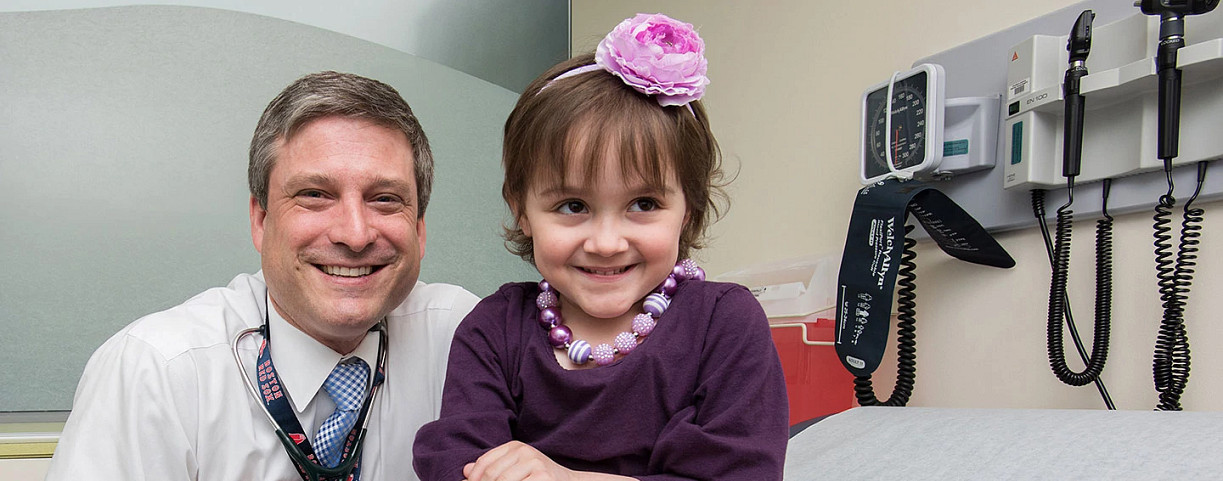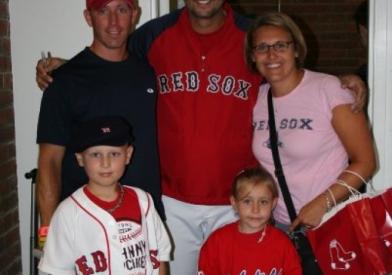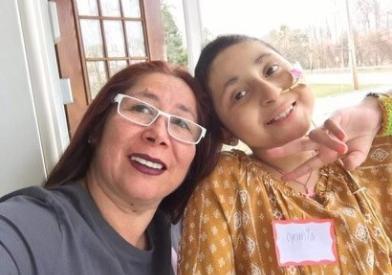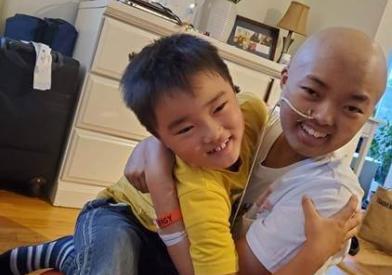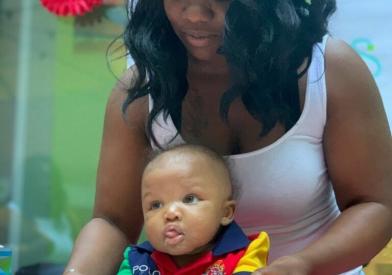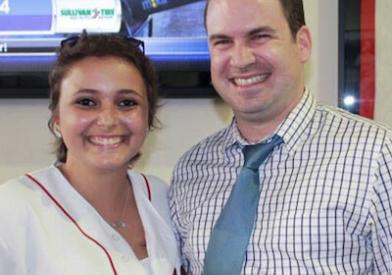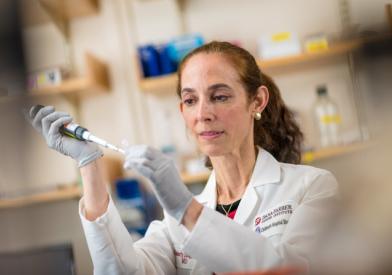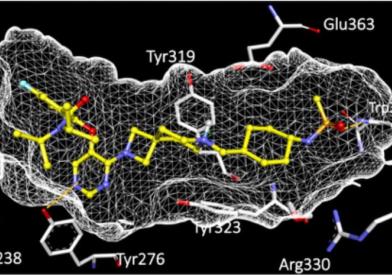Treatment for Childhood Blood Cancers
The Hematologic Malignancy Center at Dana-Farber/Boston Children's Cancer and Blood Disorders Center is one of the top pediatric leukemia and lymphoma treatment centers in the world. In addition to treating blood cancers – lymphomas and leukemias – our Center also treats histiocytosis, a condition that shares some of the characteristics of cancer and is often treated by using some of the same therapies.
See the full list of the conditions we treat.
Our Center has played a key role in refining treatment for childhood leukemia, resulting in today's cure rates of more than 90 percent for pediatric acute lymphoblastic leukemia, and we continue to lead high-impact clinical trials designed to increase cure rates and decrease treatment-related toxicities for long-term survivors.
Highlights of the Childhood Hematologic Malignancy Center include:
- Highly specialized hematologists/oncologists who are world leaders in their field
- Quick and accurate diagnosis from our pediatric hematopathology service, one of the few dedicated pediatric programs in the U.S.
- Advanced diagnostic techniques, including multiparameter flow cytometry and next generation sequencing genetic testing to detect key mutations that might be treated through targeted therapy (precision medicine)
- Specialized methods to detect minimal residual disease (levels of disease that cannot be seen under a microscope)
- Cutting-edge immunotherapies, including CAR T-cell therapy
- Outpatient pediatric anesthesia program to minimize pain and discomfort associated with diagnostic and therapeutic procedures (including bone marrow aspirates/biopsies and lumbar punctures)
- Innovative treatment options, including a large portfolio of innovative, early phase clinical trials for patients with relapsed and refractory cancer
- Access to an internationally recognized pediatric Stem Cell Transplant Center
- Innovative programs to improve quality of life during and after treatment, including the Back to School Program, Home Hydration Program (to minimize time spent in the hospital receiving chemotherapy), and multiple, age-appropriate activities and outings with child-life specialists
